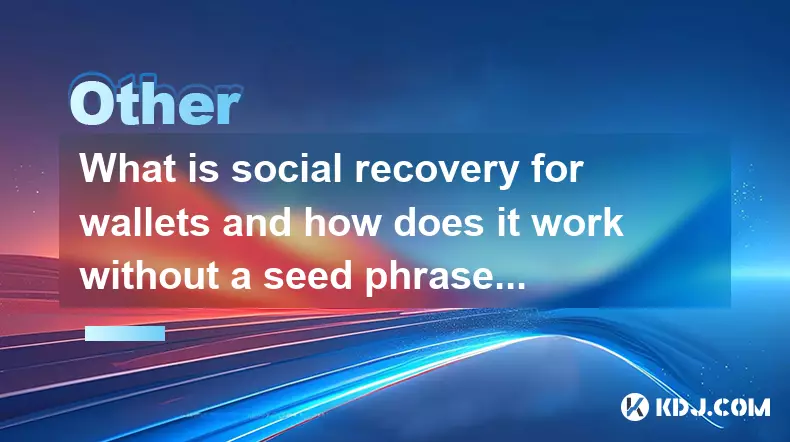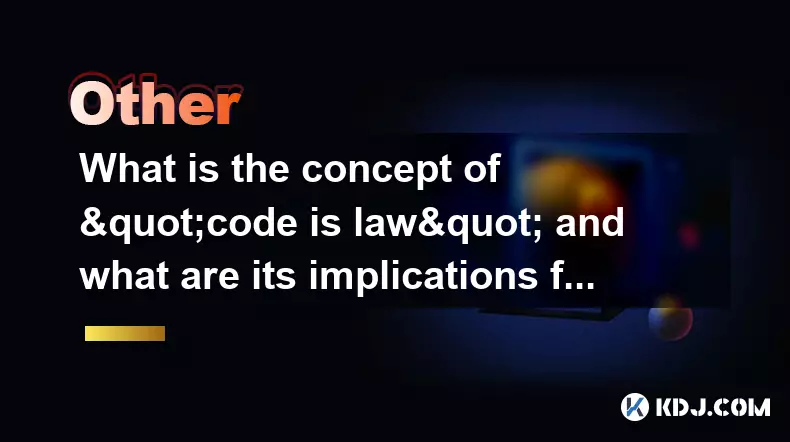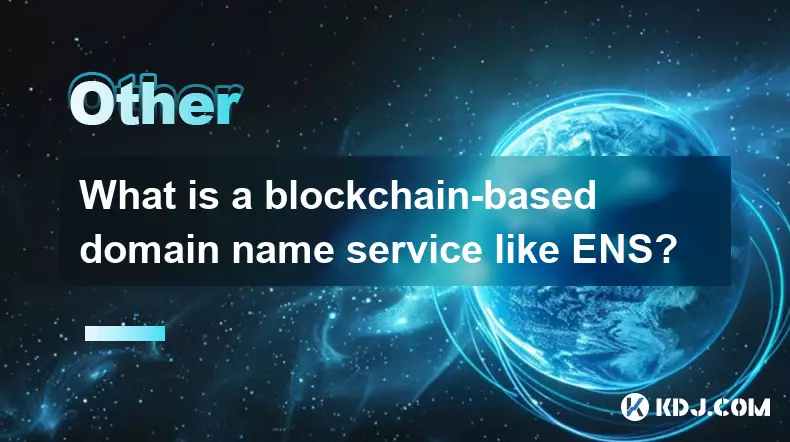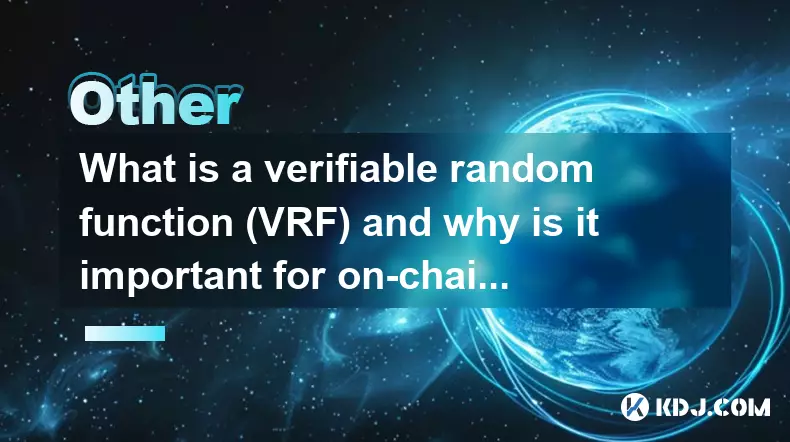-
 bitcoin
bitcoin $102877.190955 USD
1.88% -
 ethereum
ethereum $3430.435064 USD
4.52% -
 tether
tether $0.999264 USD
-0.05% -
 xrp
xrp $2.307310 USD
4.49% -
 bnb
bnb $987.740692 USD
3.82% -
 solana
solana $161.947760 USD
3.97% -
 usd-coin
usd-coin $0.999712 USD
-0.05% -
 tron
tron $0.292810 USD
2.93% -
 dogecoin
dogecoin $0.179738 USD
10.70% -
 cardano
cardano $0.580716 USD
8.75% -
 hyperliquid
hyperliquid $42.463448 USD
8.40% -
 chainlink
chainlink $15.763437 USD
7.05% -
 zcash
zcash $649.595636 USD
17.21% -
 bitcoin-cash
bitcoin-cash $511.610261 USD
7.19% -
 stellar
stellar $0.292537 USD
7.91%
What is Proof of Work and how does it secure the Bitcoin network?
Proof of Work secures Bitcoin by requiring miners to solve complex puzzles, ensuring decentralized consensus and making attacks economically unfeasible.
Nov 08, 2025 at 09:59 am

Understanding Proof of Work in Cryptocurrency
1. Proof of Work (PoW) is a consensus mechanism used by the Bitcoin network to validate transactions and create new blocks on the blockchain. It requires participants, known as miners, to solve complex mathematical puzzles using computational power. The first miner to solve the puzzle gets the right to add a new block to the chain and is rewarded with newly minted bitcoins and transaction fees.
2. This process ensures that no single entity can take control of the blockchain. Because solving these puzzles demands significant computational effort, it becomes economically impractical for malicious actors to manipulate the ledger. Each block contains a reference to the previous block, forming a secure, chronological chain.
3. PoW introduces a cost to adding blocks, which deters spam and denial-of-service attacks. Without this cost, attackers could flood the network with false transactions. The energy and hardware investment required under PoW act as deterrents, making large-scale attacks prohibitively expensive.
4. The difficulty of the mathematical problems automatically adjusts based on the total network computing power. This keeps the average time between blocks consistent at around ten minutes, regardless of how many miners are active. This self-regulating feature maintains network stability and predictable issuance of bitcoins.
5. Every node in the Bitcoin network independently verifies each new block against consensus rules. If a block doesn’t meet these criteria—such as containing invalid transactions—it is rejected. This decentralized verification reinforces security and ensures agreement across the network without relying on a central authority.
How Miners Contribute to Network Security
1. Miners play a crucial role in maintaining the integrity of the Bitcoin blockchain. By dedicating computational resources to solve cryptographic puzzles, they confirm transactions and prevent double-spending. Their work ensures that once a transaction is included in a block and confirmed by subsequent blocks, it becomes extremely difficult to reverse.
2. The competitive nature of mining means that thousands of machines worldwide are simultaneously attempting to find valid solutions. This decentralization of processing power prevents any one party from dominating the network. Even if a miner controls substantial resources, altering past transactions would require redoing the work of all blocks that came after—a task so costly it’s practically impossible.
3. As more miners join the network, the overall hash rate increases, raising the bar for potential attackers. To successfully execute a 51% attack, an adversary would need to control more than half of the global mining power, which would demand astronomical financial and logistical investments.
4. Mining rewards incentivize honest behavior. Miners who follow the rules are compensated with bitcoin, while those who attempt to cheat lose both their rewards and credibility within the network. This alignment of economic incentives strengthens trust in the system’s reliability.
5. Specialized hardware like ASICs has made mining increasingly efficient but also concentrated in regions with cheap electricity. Despite concerns about centralization, the geographic distribution of mining pools still spans multiple countries, contributing to resilience against localized disruptions or regulatory interference.
The Role of Cryptographic Hashing in PoW
1. At the heart of Proof of Work lies cryptographic hashing, specifically the SHA-256 algorithm. Each block header includes data such as the previous block’s hash, a timestamp, and a nonce—an arbitrary number that miners adjust to produce a valid hash output.
2. The goal is to generate a hash value below a target threshold set by the network difficulty. Since hash functions are deterministic yet unpredictable, miners must try billions of nonce values before finding one that satisfies the condition. This trial-and-error process embodies the 'work' in Proof of Work.
3. Changing even a single character in the input data produces a completely different hash due to the avalanche effect. This property makes tampering evident; altering a transaction would change its hash, breaking the chain and alerting nodes to the inconsistency.
4. The immutability of the blockchain stems directly from this hashing mechanism. Once a block is buried under several layers of subsequent blocks, reversing it would require re-mining not just that block but every block that follows—all while competing against the ongoing expansion of the legitimate chain.
5. Hashing also enables lightweight clients to verify transactions efficiently through Merkle trees. These structures allow users to confirm whether a specific transaction is included in a block without downloading the entire blockchain, enhancing accessibility and scalability.
Frequently Asked Questions
What happens if two miners find a valid block at the same time?When simultaneous block discoveries occur, the network temporarily splits into competing chains. Nodes continue building on whichever version they receive first. Eventually, the chain with the most accumulated work prevails, and the other branch is abandoned. Transactions from the discarded block return to the mempool for inclusion in future blocks.
Why does Bitcoin use Proof of Work instead of other consensus models?Bitcoin adopted Proof of Work because it provides a proven method for achieving decentralized agreement without requiring trust in intermediaries. Its resistance to sybil attacks and ability to function in open, permissionless environments make it uniquely suited for a global digital currency aiming for censorship resistance and long-term security.
Can Proof of Work be gamed by creating fake computational work?No, because every solution must be verified by all nodes using the same cryptographic rules. A forged proof would fail validation instantly. The only way to produce a valid block is to actually perform the required calculations, ensuring authenticity through mathematical certainty rather than reputation or stake.
Disclaimer:info@kdj.com
The information provided is not trading advice. kdj.com does not assume any responsibility for any investments made based on the information provided in this article. Cryptocurrencies are highly volatile and it is highly recommended that you invest with caution after thorough research!
If you believe that the content used on this website infringes your copyright, please contact us immediately (info@kdj.com) and we will delete it promptly.
- BlockDAG, Avalanche, Dogecoin: Crypto's Leading Trio in 2025
- 2025-11-07 22:05:01
- Layer 2 Coins: Will There Be a Potential Explosion by 2026?
- 2025-11-07 16:50:02
- Filecoin, ICP, and the AI Infrastructure Renaissance: Is History Repeating?
- 2025-11-07 16:50:02
- Bitcoin's Wild Ride: Surges, Zeros, and the Search for Stability
- 2025-11-07 17:05:01
- XRP, Bitcoin, and the Rally: What's the Deal, New York?
- 2025-11-07 17:25:01
- Filecoin, DePIN, and a Technical Breakout: What's the Buzz?
- 2025-11-07 17:05:01
Related knowledge

What is social recovery for wallets and how does it work without a seed phrase?
Nov 08,2025 at 08:39am
Social Recovery in Cryptocurrency Wallets1. Social recovery is a mechanism designed to help users regain access to their cryptocurrency wallets withou...

What is the concept of "code is law" and what are its implications for smart contracts?
Nov 08,2025 at 12:59pm
Understanding the Concept of 'Code is Law'1. The phrase 'code is law' originates from the cypherpunk and early blockchain communities, emphasizing tha...

How do Layer 0 protocols aim to achieve blockchain interoperability?
Nov 08,2025 at 09:20am
Understanding Layer 0 Protocols in Blockchain Architecture1. Layer 0 protocols serve as the foundational infrastructure upon which multiple blockchain...

What is a blockchain-based domain name service like ENS?
Nov 08,2025 at 09:39am
Understanding Blockchain-Based Domain Name Services1. A blockchain-based domain name service, such as Ethereum Name Service (ENS), functions as a dece...

What is a verifiable random function (VRF) and why is it important for on-chain gaming?
Nov 08,2025 at 10:19am
Understanding Verifiable Random Functions (VRF)1. A verifiable random function (VRF) is a cryptographic primitive that generates a random output along...

What is the difference between a protocol and an application in the blockchain space?
Nov 08,2025 at 04:39am
Understanding Blockchain Protocols1. A blockchain protocol refers to the foundational layer that defines the rules and standards for how data is trans...

What is social recovery for wallets and how does it work without a seed phrase?
Nov 08,2025 at 08:39am
Social Recovery in Cryptocurrency Wallets1. Social recovery is a mechanism designed to help users regain access to their cryptocurrency wallets withou...

What is the concept of "code is law" and what are its implications for smart contracts?
Nov 08,2025 at 12:59pm
Understanding the Concept of 'Code is Law'1. The phrase 'code is law' originates from the cypherpunk and early blockchain communities, emphasizing tha...

How do Layer 0 protocols aim to achieve blockchain interoperability?
Nov 08,2025 at 09:20am
Understanding Layer 0 Protocols in Blockchain Architecture1. Layer 0 protocols serve as the foundational infrastructure upon which multiple blockchain...

What is a blockchain-based domain name service like ENS?
Nov 08,2025 at 09:39am
Understanding Blockchain-Based Domain Name Services1. A blockchain-based domain name service, such as Ethereum Name Service (ENS), functions as a dece...

What is a verifiable random function (VRF) and why is it important for on-chain gaming?
Nov 08,2025 at 10:19am
Understanding Verifiable Random Functions (VRF)1. A verifiable random function (VRF) is a cryptographic primitive that generates a random output along...

What is the difference between a protocol and an application in the blockchain space?
Nov 08,2025 at 04:39am
Understanding Blockchain Protocols1. A blockchain protocol refers to the foundational layer that defines the rules and standards for how data is trans...
See all articles





















![The Graph Price Prediction [GRT Crypto Price News Today] The Graph Price Prediction [GRT Crypto Price News Today]](/uploads/2025/11/07/cryptocurrencies-news/videos/690d4df44fe69_image_500_375.webp)



















































